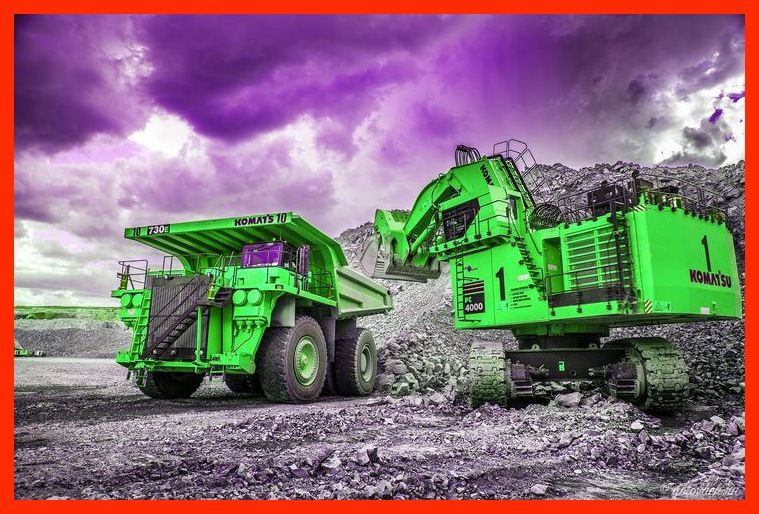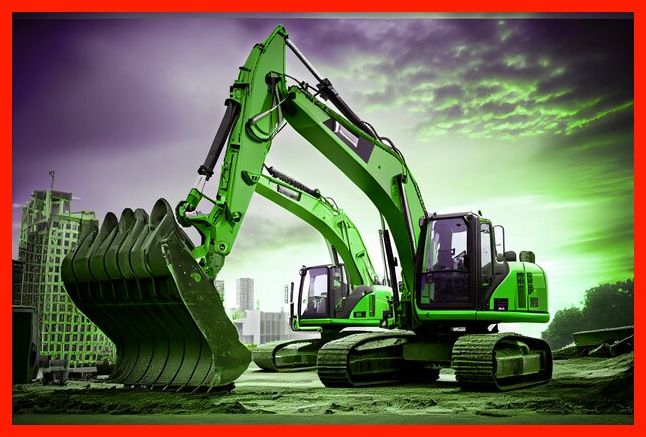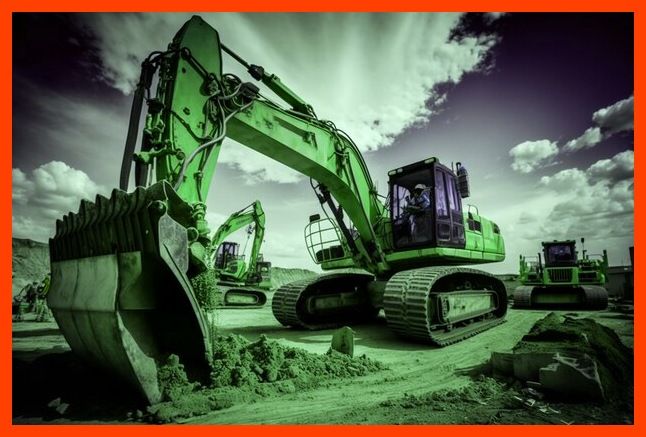Mastering Equipment Transport A Comprehensive Guide to Seamless Logistics

Mastering Equipment Transport A Comprehensive Guide to Seamless Logistics
In the fast-paced world of business, efficient equipment transport is paramount to success. Whether you’re relocating heavy equipment machinery or shipping delicate electronics, a seamless transportation process is crucial for minimizing downtime and ensuring the integrity of your assets. In this comprehensive guide, we delve into the intricacies of equipment transport, offering valuable insights and expert tips to streamline your logistics and elevate your operational efficiency.

Understanding the Dynamics of Equipment Transport
Effective equipment transport begins with a light equipment transport includes scissor lifts profound understanding of the logistics involved. From selecting the right mode of transportation to ensuring compliance with regulations, every step plays a pivotal role in the overall success of the process.
Choosing the Right Mode of Transportation
Selecting the appropriate mode of transportation is the cornerstone of successful equipment transport. Whether it’s road, rail, sea, or air, each mode has its own set of advantages and considerations. Road transportation provides flexibility and accessibility, ideal for short to medium-distance moves. On the other hand, sea freight is a cost-effective choice for international shipments, offering substantial cargo capacity.
Navigating Regulatory Compliance
Navigating the complex web of regulations is essential to avoid delays and legal complications during equipment transport. From permits to documentation, ensuring compliance with local and international regulations is imperative. Engaging with experienced logistics professionals can ease this process, ensuring a smooth journey for your valuable assets.
Key Considerations for Equipment Packaging
Proper packaging is a non-negotiable aspect of equipment transport. Inadequate packaging can result in damage, leading to costly repairs and project delays. Here, we explore the critical considerations for securing your assets during transportation.
Customized Crating Solutions
Investing in customized crating solutions tailored to the specific dimensions and fragility of your equipment is a proactive measure. Sturdy wooden crates provide a robust shield against external forces, safeguarding your assets from potential damage during transit.
Shock and Vibration Control
Minimizing shock and vibration is paramount in ensuring the safety of your equipment. Utilizing advanced shock-absorbing materials, such as air cushions and foam padding, can significantly reduce the risk of impact-related damage during heavy equipment transport services.
Technology Integration for Real-Time Tracking
In the era of digital transformation, real-time tracking has emerged as a game-changer in the logistics industry. Integrating cutting-edge technology into your equipment transport process enhances visibility and accountability.
GPS-enabled Tracking Systems
Implementing GPS-enabled tracking systems provides real-time insights into the location and status of your shipment. This not only allows for proactive decision-making but also enables you to communicate accurate delivery timelines to stakeholders.
Data Analytics for Predictive Planning
Harnessing the power of data analytics facilitates predictive planning. By analyzing historical transportation data, you can identify patterns, optimize routes, and mitigate potential challenges, ensuring a more efficient and cost-effective equipment transport process.
Environmental Sustainability in Equipment Transport
In an age where sustainability is a global imperative, incorporating eco-friendly practices into your equipment transport strategy is both ethical and strategic.
Optimizing Routes for Fuel Efficiency
Minimizing the environmental impact of transportation begins with optimizing routes for fuel efficiency. Leveraging advanced route planning tools can help reduce carbon emissions and lower the overall ecological footprint of your equipment transport operations.
Investing in Green Technologies
Exploring and investing in green technologies, such as electric or hybrid vehicles, not only aligns with sustainability goals but also positions your organization as a responsible player in the industry.
The Human Element: Trained Professionals and Customer Service
Behind every successful equipment transport operation are skilled professionals and exceptional customer service. Investing in the human element of logistics is integral to achieving excellence.
Training and Certification Programs
Ensuring that your logistics team undergoes regular training and certification programs is key to maintaining high standards of safety and efficiency. Well-trained professionals are better equipped to handle unexpected challenges, reducing the likelihood of accidents or delays.
Proactive Customer Communication
Transparent and proactive communication with customers is a hallmark of excellent service. Providing real-time updates, addressing concerns promptly, and maintaining a customer-centric approach fosters trust and long-term partnerships.
Elevating Your Equipment Transport Strategy
In the intricate landscape of equipment transport, mastering the logistics requires a holistic approach. From choosing the right mode of transportation to embracing technology and prioritizing sustainability, each element contributes to a seamless and successful operation. By integrating these insights into your strategy, you not only enhance the efficiency of your equipment transport but also position your organization as a leader in the industry.



